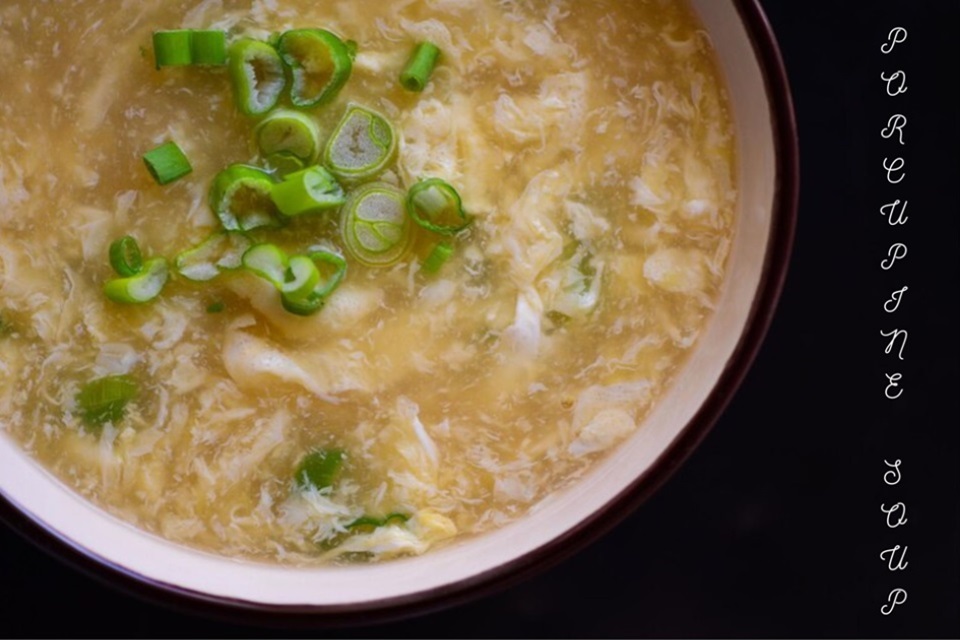Are you interested in Indigenous culinary traditions, which reflect a deep connection between people and the natural world? If so, and looking for such a dish, we have searched about the Porcupine soup rooted in the traditions of native American tribes. We have written about its culinary journey through Indigenous traditions. Let’s journey together from its historical origins to its continued significance in present-day Indigenous cultures.
Table of Contents
How Porcupine Soup Came Into Existence?
Porcupine soup is a dish that is part of the rich culinary traditions of Indigenous cultures, particularly among native American tribes. Its ingredients have historically been collected based on what was available to the cook, using what they had around them to prepare the dish. This meant that the recipe was adjusted depending on readily available ingredients and passed down through families from generation to generation. The dish is a testament to how people have overcome obstacles to create a delicious meal while also being mindful of the ingredients that nature provides.
How To Prepare Porcupine Soup?
Once the ingredients are prepared, follow these steps to make the porcupine soup:
- Firstly, clean and prepare the porcupine after removing any unwanted parts or debris.
- Then, in a large pot, combine the cleaned porcupine meat, chopped carrots, diced onions, cubed potatoes, sliced celery, and flavorful broth.
- While starting cooking, bring the soup to a boil over medium heat, then reduce the heat to low and let it simmer gently.
- Following, add salt, pepper, herbs, and spices in the soup according to your taste preferences.
- Allow the soup to cook slowly, stirring occasionally, until the porcupine meat is tender and the vegetables are cooked through.
- Finally, adjust the seasoning if needed, and serve the porcupine soup hot, garnished with fresh herbs if desired.
Nutritional Benefits Of Porcupine Soup
| Nutrient | Health Benefit |
| Lean Protein | Essential for tissue building and repair |
| Vitamins (e.g., A, C, B) | Support overall health and immune function |
| Minerals (e.g., potassium) | Contribute to heart health and electrolyte balance |
| Fiber | Aids digestion and promotes satiety |
| Collagen | Supports joint health and skin elasticity |
In Summary
Porcupine soup is a perfect example of the excellent native food tradition of the Indigenous people, generally American Indians. The meal has its foundation in the old seasonal customs that required using locally produced materials, thus displaying such qualities as resilience, flexibility, love, and connection to nature. Despite the years that have passed, it continues to be an essential fact in Indigenous cuisine, not only very nutritious but also of significant cultural value. It’s time to discover the taste and the ethics of the Indigenous. The sense of wisdom and craftiness should be admired, as well as the traditions and the intensive connection between people and Mother Nature.
FAQs
Is porcupine soup safe to eat?
Yes, when prepared properly, porcupine soup is safe to eat. Ensure the porcupine meat is cleaned and cooked thoroughly to avoid any risk of foodborne illness.
Where can I find porcupine meat?
Porcupine meat can sometimes be found in Indigenous food markets. Additionally, some hunters may provide porcupine meat, but availability can vary depending on location and hunting regulations.
Can I substitute porcupine meat in the recipe?
Yes, if porcupine meat is not available or preferred, you can substitute it with lean meats such as chicken, rabbit, or beef. However, remember that the unique flavor of porcupine meat adds to the traditional taste of the soup.
Are there any vegetarian or vegan alternatives to porcupine soup?
While porcupine soup is traditionally made with meat, you can create a vegetarian or vegan version by substituting the meat with plant-based protein sources like tofu or tempeh. Adjust the recipe accordingly to accommodate dietary preferences.



